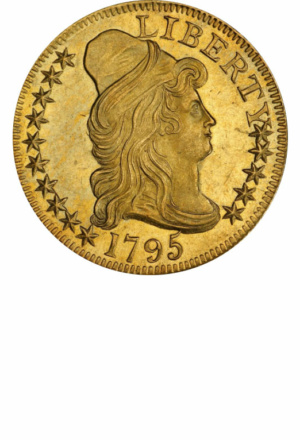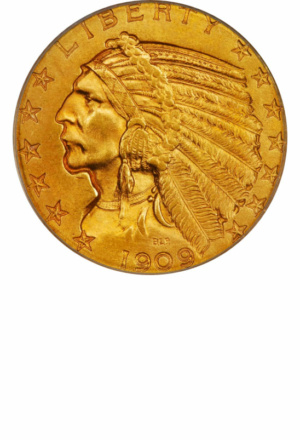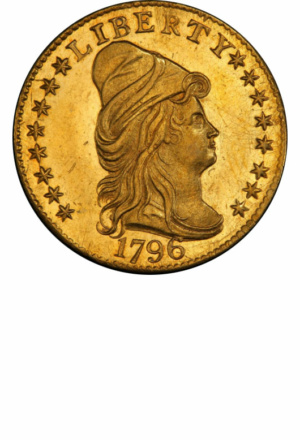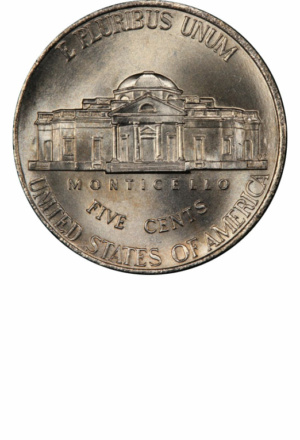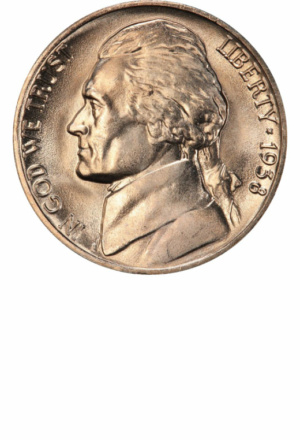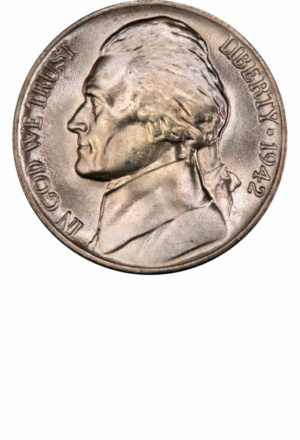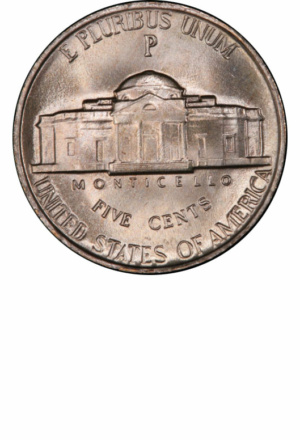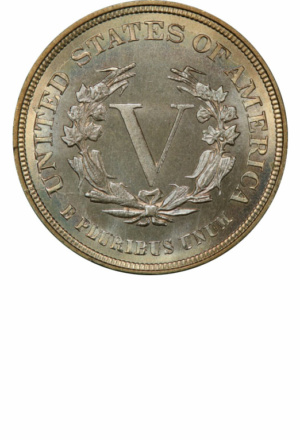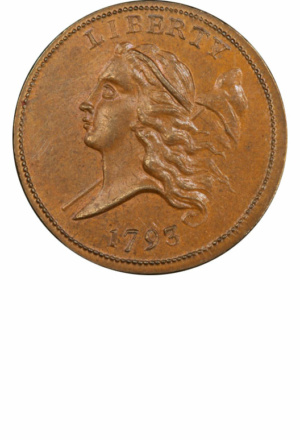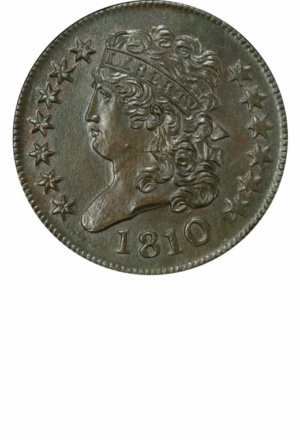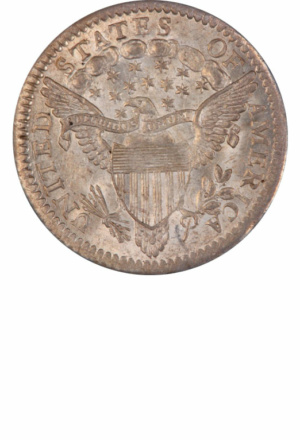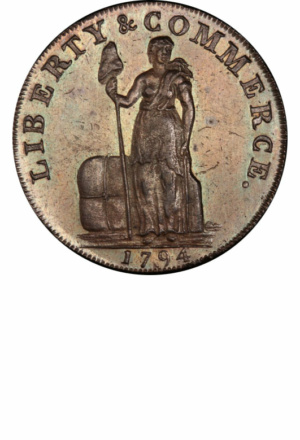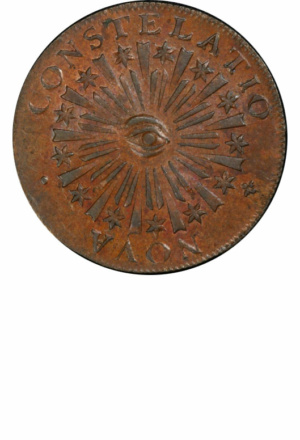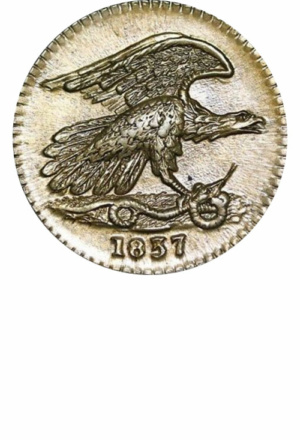These are popularly collected U.S. coins. If you don’t find what you’re looking for, scroll down for more U.S. coin types. Also try our basic visual coin pricing guide for the most popular collected U.S. coins.
The Academy of Coins© has an easy, quick, low-cost coin grading service: PriceThatCoin.com.
$5 Vintage U.S. Gold Coins
(1795 – 1929)
Around size of a nickel, up to quarter
$1 – $4 Small Vintage U.S. Gold Coins
(1796 – 1929)
Much smaller than a dime, up to a nickel
U.S. Nickels
(1866 – Present)
Slightly over 3/4 inch
Popular U.S. Type Coins
(1792 – 1889)
Popular Colonial & Post-Colonial Types
(1652 – 1830)
Some Popular Commemorative Coins
(1848 – Present)
Some Popular U.S. Medals & Tokens
(1781 – Present)
Popular Territorial Types
(1831 – 1945)
If you can’t find the coins you’re looking for, try our visual basic coin pricing guide for the most popular collected U.S. coins. Included on that page are:
- Vintage U.S. Silver Dollars
- Modern Bullion U.S. Coins
- Large Vintage U.S. Gold Coins ($10 – $20)
- U.S. Large Cents
- Modern Copper-Nickel U.S. Dollars
- U.S. Half Dollars
- Modern Copper-Nickel U.S. Quarter Dollars
- Silver U.S. Quarter Dollars
- U.S. Dimes
Pictured on this page:
$1, $2.5, $3, $4 U.S. Gold Coins
Small U.S. Gold Coins are very popular with collectors. They have some bullion value, but many are prized as collectibles and have substantially more numismatic value than the bullion in them could ever be worth. Here, you’ll find Type 1, Type 2, and Type 3 U.S. Gold Dollars. Quarter Eagles ($2.5 Gold pieces) are also in this group, as are the beautiful $3 Gold pieces. The $4 Gold coins are the famous Stellas.
$5 Vintage U.S. Gold Coins
Half Eagles are some of the oldest U.S. Coins. the $5 Half Eagle has long been a staple of U.S. Currency until paper money took its place as a monetary instrument after the Civil War. All of the major varieties of Half Eagle, from Draped Bust Half Eagle to the incuse Indian Half Eagle are listed here.
U.S. Nickels
Nickels are a very popular collectible coin – from Shield Nickels all the way to Jefferson Nickels. Everyone loves the famous Buffalo Nickel, and the Jefferson “War” Nickel, with its famous silver and manganese composition, are always a hit with collectors.
U.S. Type Coins
It’s hard to imagine a time when a half of a cent had value, but it certainly did. Until the small cent revolution of the late 1850s, Half Cents were a valuable piece in U.S. commerce. Before the Civil War, the U.S. Mints in Philadelphia and New Orleans began making 3-Cent Silvers, otherwise known as Trimes. These tiny coins worked alongside their 2-Cent Copper counterparts to make change for newfangled postage stamps. 3-Cent Silvers were made alongside and eventually gave way to 3-Cent Nickels. Like copper Half Cents, silver Half Dimes were made from the very beginning of the U.S. Mint. Half Dimes were redundant after 5-Cent Nickels became popular in commerce. And in a very strange twist, the U.S. Mints in Philadelphia, Carson City, and San Francisco all made Seated 20-Cent pieces. These were a great idea except that they looked and acted too much like the already incredibly silver Quarter Dollars. 20-Cents only lasted a few years.
Popular Colonial & Post-Colonial Types
Early America has its own coins with their own character. Massachusetts native John Hull made silver coins in Boston. During the colonial period in America, Britain, France and Spain all made coin specifically for use in the New World. As the Revolutionary uprising was taking hold, the nascent Continental Congress saw those enigmatic and mostly pewter Continental Dollars for a short period. Once the Revolution finished, the new United States of America needed its own coinage. Before it had a central mint, many States contracted with local private mints for coinage. Fugio Coppers, Connecticut Coppers, New Jersey Coppers exemplified coinage and circulated widely in the new United States until Congress established the Philadelphia Mint. These are just a few examples of this fascinating branch of U.S. numismatics.
Some Popular Commemorative Coins
Commemorative coins began with Cal Gold, then really hit their stride with 1893’s Columbian Exposition in Chicago celebrating 400 years since Columbus’ voyage. In the 1910’s, ’20s and ’30s, the U.S. Mints were commissioned to make some of the most beautiful of U.S. coins commemorating important events in State history. These continued until the 1950s. Commemorative coins returned with a bang in the early 1980’s along with a new format. Copper-nickel half dollars accompanied silver dollars, and eventually gold $5 and $10 pieces. The Mints eventually produced all of these in both uncirculated and proof finishes, and that tradition carries on today. Currently, the U.S. Mints produce many commemorative coins annually in many different finishes.
Popular Territorial Types
Whether the U.S. Mint was producing coins for its territories or private minters were filling a need for local currency, territorial types are fascinating historical treasures. In 1883, Hawaii got its own coinage from the United States. At the turn of the century, the Philippines started being supplied by U.S. Minted centavos and pesos. During the many gold rushes around the United States, private minters capitalized on their golden lodes to create coinage for easy trade and commerce.
Popular U.S. Medals & Tokens
The United States Mints have been creating medals for dignitaries and collectors since its inception. One very popular “American” medal was commissioned by Benjamin Franklin in honor of France funding the revolutionary war. Presidents created Indian Peace Medals to smooth relations with tribal leaders from Washington until the late 19th Century. When coinage was tough to find, private mints again came into their own to create Hard Times Tokens and Civil War Tokens.
Guide to the Guide:
Seated 20-Cent Piece
– This is the coin type that corresponds with the image.
Years Made: 1875 – 1878
– Self explanatory.
Mint Marks: (P), S, D, CC, O
– P = Philadelphia Mint, S = San Francisco Mint, C = Charlotte, CC = Carson City, D = Dahlonega (Georgia, Vintage U.S. Gold) or Denver (Modern Era), M = Manilla, O = New Orleans, W = West Point
note: mint marks in parentheses () means the coin was minted there but bears no mint mark
Mintage: ~1,350,000
– Estimated total number of all coins of all years and mints of this type made.
Value Range: $50 – $750,000
– A broad value range from the roughly the least valuable to the most valuable coins of this type. High estimates may describe specific ultra-rarities that haven’t come to market in some time.
Average Circulated Retail: $200
– Obviously, there are coins worth more and coins worth less based on condition and rarity, but most circulated (non-mint state) coins trade for around this much. This is a general number designed to help you not get your hopes up!
Coming Soon:
Click on each type to find out more specifics, better dates, and general grading information.
Here is a list with images of the most popularly collected U.S. coins. We show images, years made, mints, and values for most collected U.S. coins. We have the typical market value, the lowest values each type of coins trades for, and the highest value each type of coin has sold for at auction.
We provide this information in hopes that we can help you decide what to do with your coins. Collecting them is a wonderful thing to do! They are beautiful art, the result of the science and engineering of their times, and they are historical relics of bygone eras. It’s fascinating to think about where these coins have been, and where they will go. Becoming part of their history as a caretaker is a noble act of historical preservation. It’s also a lot of fun – and challenging.




